Seven systems for acquiring sacred wisdom and thirty-seven curriculum
In the Buddhist scriptures of Akan, Nirvana was expressed.
You can even discover Nirvana's wisdom.
You can discover the root of Buddhism.
Let's look at the Buddha's teachings that change the structure of human beings with the scriptures of Argama and Abidharma.
Thirty-seven training methods leading to Satori
The Buddha's 変 え る, which alters the structure of human beings by means of the scriptures of Agama and Apidharma
Let's look at the teaching method.
あ る There is one sentence that should come to mind immediately.
.
“Here, Hioka and others, we have come to understand the law and preach to you. In other words, it's Shikinzumi, Yoshoku, Yoshoku, Gone, Gokoku, Nankaku, and Yasumasa. Therefore, all the hills will reconcile, conquer and fight.
You have to learn this without it. Yunyo ”
In other words, the practice and practice of the Buddha's law are clearly described here.
You. Moreover, it is clearly stated that all the hills must reconcile with each other and learn without conflict. Isn't there any more clear guidance?
Let's look at the practice that Buddha preached in Argama and Abidharma based on this one.
First, what are Shimenju, Shisho, Shikashi, Gone, Gokiki, Shichikaku, and Yashomichi?
七 The practice of these seven subjects taught by Argama is by Apidharma. 37 items of Nishika
Is called the 17th Bodhi method, and is described in detail as a typical training method.
It means 37 training methods (Abi Daruma Club 1 2, Vol. 25-12).
Let's explain next.
Shikinzumi rcattari sapatatthani
In the old translation, it is called the Four Nenjo. It is also called the four thoughts. There are four types of introspection and meditation methods for obtaining satori. Body
There are four types of living: memorial, accepting, mental, and honest.
Seal This body is unclean and suffering.
Your mind is insane. The law is selfless.
Thinking and meditating. That is, this body is unclean. Feeling (all) is painful. The mind is impermanent. I meditate on the idea that everything is selfless. At first, these four terms are considered separately, and then these four are united, and the body, feeling, mind, and all things (law) are unclean, bitter, and impermanent. The idea is to be selfless.
I will mention this four-part house later. I believe that this is a legalization of the Four Sacred Revenues. At least there will be some skillful involvement.)
4 straight cuts 6 cattiri sammamappadhanan D
In the old translation, it is called four full-time jobs. Four disciplines: cutting, discipline, advocacy, and cutting.
Machizuke = Practice to avoid the evil that is occurring in the curse. Repeat to refuse many times.
Rehabilitation—A practice that strives to prevent future evils from occurring.
Defiance = discipline that strives to increase this already existing good.
Ritual discipline = discipline that strives to obtain this for good that does not yet exist.
Four gods feet rcattaro idhipado
訳 す Translated as four-handed. The basis for obtaining four freedoms. Four types of training to gain supernatural mystical power.
Greed god's feet = training to hope for good meditation.
Kinkaku = Training to strive for excellent meditation.
Shinshin feet = Training to try to calm down and get excellent meditation.
Obtain good meditation by thinking and observing with the wisdom of the Kanjin shodan bureau.
God is Shinto. God is a terrible thing. A foot is a cause. That is, it means constant (meditation). It is called a god foot because it is the cause of Shintoism.
Gone Oancindryiinij
五 Five of Shine, Shojin, Nene, Sadae, and Keine. The root is the ability to work freely. It was one of the three treasures of Buddhist monks.
This is a training in which Ishin Nobu and Jingu, Nen, Zen (meditation) II, and Wisdom demonstrate high abilities toward Nirvana.
Five powers Oafica balaniD
(4) Religion, dedication, intellect, fixed ability, and wisdom (or wisdom). Training to gain five advanced powers to Nirvana
line. It is the same virtue as Gone, but it is a powerful function, but Gokoku is more like that.
It is possible to show even greater power and both can be seen to be of varying degrees.
Seven senses Csatta bojjha4aD
It refers to the seven branches of electoral sensation, sensational sensation, joyful spelling, light security sensation, discretionary sensation, stipulation, and philosophy. Seven practices of Nirvana Hemichi.
Selective law support = The practice of wisdom that chooses the truthful ones from the teaching method and discards the occasional ones. "
(4) Training to work hard and do not retreat.
= Training to live in the joy of learning and executing the teachings of the truth.
Kan'an theory = A practice where the body and mind are light and cheerful, and they are not confused or congested.
Recognition of refusal = repair that keeps the mind of hate love and does not disturb the mind or disturb the calmness of the mind.
行. It is a training that discards the bond with the target.
。 = Training that does not disturb the concentrated mind during meditation and normal behavior.
Training to flatten out your mind.
正
When you talk about the Yasumasado, you have to explain the new items. Because, this Yashodo is a Buddha
The so-called soda was preached only after Da fulfilled Nirvana. It is a teaching method that belongs to the “First Turn Falun”.
It is considered to be the root of the Buddha's satori. And then again, in the commentary on Yasumasado. We need to start with "Shinseigi."
神聖なる智慧を獲得するための七種類のシステムと、三十七種類のカリキュラム
ブッダの説かれた阿含の経典群の中には、ニルヴァーナを表現した
、ニルヴァーナの智慧を獲得する修行法までも、発見できるのです。
仏教の根本だ発見できるのです。
アーガマの諸経典、およびアビダルマによって、人間存在の構造を変える仏陀の教法を見ていこう ではないか。
さとりに至る三十七の修行法
い、アーガマの諸経典およびアピダルマによって、人間存在の構造を変える仏陀の
教法を見ていこうではないかといった。
するとすぐに念頭に浮かびあがってくるはずの文章がひとつある。
。
『ここに比丘らよ、われによりて法は悟られ、汝らに説かれたり。すなわち四念住・四正断・四 神足・五根・五力・七覚支・八正道これなり。それゆえにすべての比丘らは相和し相欣び、争う
ことなくして、これを学ばざるべからず。云々』
すなわち、仏陀によってさとられた法の修行法、実践法があきらかにここに記されているわけであ
る。しかも、それを、すべての比丘は相和し相欣び、争うことなくして学ばなければいけないとはっ きり言明されているのだ。これ以上明確な指針はないではないか。
ひとつこれを基本にして、アーガマとアビダルマのなかから、仏陀の説かれた実践法を見ていってみよう。
まず、四念住・四正断・四神足・五根・五力・七覚支・八正道とはなにか。
アーガマに説かれたこの七科目の修行法は、アピダルマ論師によって。七科三十七道品”あるい
はご一十七菩提分法”と名づけられ、代表的な修行法としてくわしく解説されている。さとりに至る
三十七の修行法という意味である(『阿毘達磨倶1 論』巻二五-一二)。
つぎに解説してみよう。
四念住rcattari satipatthanani
旧訳では四念処という。四念処観ともいう。さとりを得るための四種の内観・瞑想法である。身
念住・受念住・心念住・法念住の四つである。
印この身は不浄なり受は苦なり。
心は無常なり。㈲法は無我なり。
と観念し瞑想するのである。すなわち、この身体は不浄である。(すべての)感受は苦である。心は無常である。すべての事物は無我である、と観念し瞑想する。はじめはこの四項をそれぞれ別に観念し、つぎにはそれらの四つを一つにして、身体・感受・心・そしてすべての事物(法)は不浄である、また苦である、無常である、無我であるというように観念していくのである。
わたくしは、この四念住はあとで述べる。四聖諦”を行法化したものであろうと思っている。すくなくとも 巧ふかいかかわりはあるであろう)
四正断6cattiri sammappadhananD
旧訳では四正勤という。断断・律儀断・随護断・修断の四つの修行。
町附=いま呪に起こっている悪を断じてなくするようにはげむ修行。幾度も断ずることをくりかえす。
修断―まだ起こっていない悪に対して、今後起きないように努力する修行。
随護断=いますでに存在している善はこれをますます増大させるようにと努力する修行。
律儀断=まだ存在しない善にたいして、これを得るように努力する修行。
四神足rcattaro iddhipado
四如意足とも訳す。四つの自在力を得る根拠となるもの。超自然的な神通力を得るための四種の修行法。
欲神足=すぐれた瞑想を得ようと願う修行。
勤神足=すぐれた瞑想を得ようと努力する修行。
心神足=心をおさめてすぐれた瞑想を得ようとする修行。
観神足旦局い智慧をもって思惟観察してすぐれた瞑想を得ること。
神とは神通のこと。妙用のはかりがたいことを神という。足とは因(よりどころ)のこと。すなわぢ、定(瞑想)のことをいう。神通を起こす因であるから神足と名づけるのである。
五根Oancindriyiinij
信根・精進根・念根・定根・慧根の五つ。根とは自由にはたらく能力をいう。仏法僧の三宝にた
いする信と、精進・念・禅定(瞑想) ・智慧が、ニルヴァーナにむかって高い能力を発揮する修行。
五力Oafica balaniD
信力・精進力・念力・定力・慧力(または智力)。ニルヴァーナに至る高度な五つの力を得る修
行。五根とおなじ徳目であるが、五根が能力的なはたらきであるのにたいし、五力はそれがいっそ
う進んでさらに大きな力を発揮することがであり、両者は程度の差と見ることができる。
七覚支Csatta bojjha4aD
択法覚支・精進覚支・喜説支・軽安覚支・捨覚支・定説支・念説支の七つをいう。ニルヴァーナヘみちびく七つの修行。
択法覚支=教法の中から真実のものをえらび、いつわりのものを捨てる智慧の修行。」
精進覚支=一心に努力して退転しない修行。
喜 覚支=真実の教えを学び、実行する喜びに住する修行。
軽安説支=身心を軽快明朗にして悟冥したり渋滞したりしない修行。
捨 覚支=取捨憎愛の念をはなれて、なにごとにも心がかたよったり、心の平静が乱されない修
行。対象へのとらわれを捨てる修行である。
定 覚支=瞑想中も平常の行動中も集中した心を乱さない修行。
念 覚支Hおもいを平らかにする修行。
八正道
八正道にっいてはべっに項目をあらたにして説かねばならない。なぜならば、この八正道は、仏
陀がニルヴァーナを成就してのちはじめて説法された、いわゆる。初転法輪”に属する教法であ
り、仏陀のさとりの根本であるとされているからである。そうして、また、八正道の解説には、。四聖諦”からはじめねばならない。。四聖諦〃から解説しよう。












![[商品価格に関しましては、リンクが作成された時点と現時点で情報が変更されている場合がございます。] [商品価格に関しましては、リンクが作成された時点と現時点で情報が変更されている場合がございます。]](https://hbb.afl.rakuten.co.jp/hgb/06165034.771dc31c.06165035.35f2188c/?me_id=1203677&item_id=10911556&m=https%3A%2F%2Fthumbnail.image.rakuten.co.jp%2F%400_mall%2Fsoukai%2Fcabinet%2F016%2F8859200500016.jpg%3F_ex%3D80x80&pc=https%3A%2F%2Fthumbnail.image.rakuten.co.jp%2F%400_mall%2Fsoukai%2Fcabinet%2F016%2F8859200500016.jpg%3F_ex%3D240x240&s=240x240&t=picttext)



 </figure>
</figure>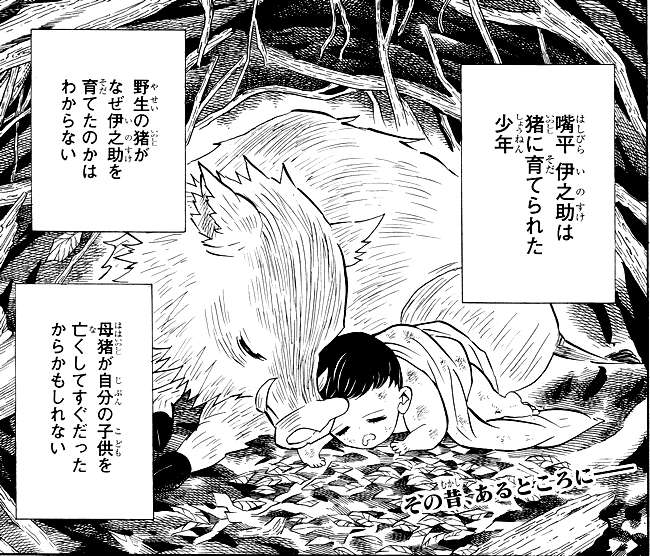 </figure>
</figure> </figure>
</figure> </figure>
</figure>




 </figure>
</figure> </figure>
</figure> </figure>
</figure> </figure>
</figure> </figure>
</figure>![[商品価格に関しましては、リンクが作成された時点と現時点で情報が変更されている場合がございます。] [商品価格に関しましては、リンクが作成された時点と現時点で情報が変更されている場合がございます。]](https://hbb.afl.rakuten.co.jp/hgb/029860f8.ada9eae0.03a290c2.6d3fc89c/?me_id=1213310&item_id=19822681&m=https%3A%2F%2Fthumbnail.image.rakuten.co.jp%2F%400_mall%2Fbook%2Fcabinet%2F3811%2F4984995903811.jpg%3F_ex%3D80x80&pc=https%3A%2F%2Fthumbnail.image.rakuten.co.jp%2F%400_mall%2Fbook%2Fcabinet%2F3811%2F4984995903811.jpg%3F_ex%3D128x128&s=128x128&t=picttext)




 </figure>
</figure> <map name=""></map>
<map name=""></map> <map name=""></map>
<map name=""></map> <map name=""></map>
<map name=""></map>
 </figure>
</figure> <figcaption>画像のように「ドラクエ」という単語は作中何度も聞くことになる。</figcaption></figure>
<figcaption>画像のように「ドラクエ」という単語は作中何度も聞くことになる。</figcaption></figure>![[商品価格に関しましては、リンクが作成された時点と現時点で情報が変更されている場合がございます。] [商品価格に関しましては、リンクが作成された時点と現時点で情報が変更されている場合がございます。]](https://hbb.afl.rakuten.co.jp/hgb/029860f8.ada9eae0.03a290c2.6d3fc89c/?me_id=1213310&item_id=19756383&m=https%3A%2F%2Fthumbnail.image.rakuten.co.jp%2F%400_mall%2Fbook%2Fcabinet%2F4655%2F4974365824655.jpg%3F_ex%3D80x80&pc=https%3A%2F%2Fthumbnail.image.rakuten.co.jp%2F%400_mall%2Fbook%2Fcabinet%2F4655%2F4974365824655.jpg%3F_ex%3D240x240&s=240x240&t=picttext)
 </figure>
</figure>

 </figure>
</figure>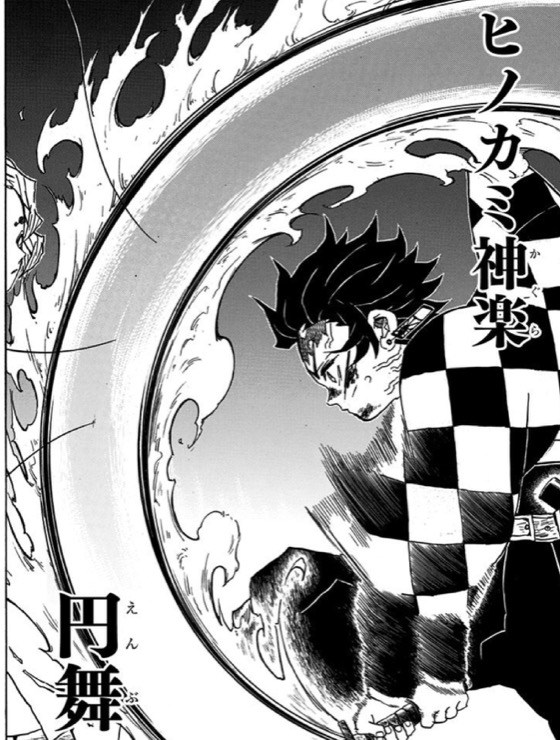 </figure>
</figure>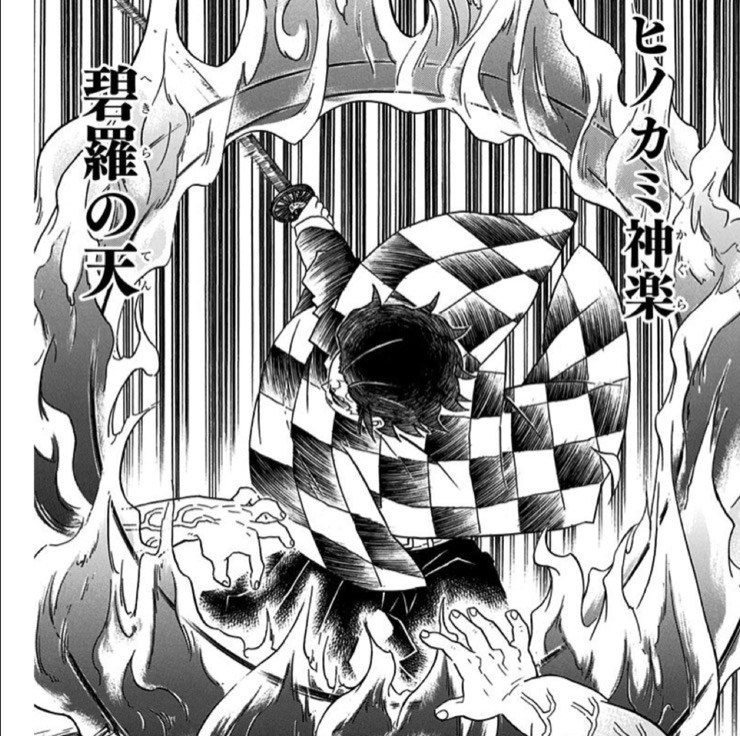 </figure>
</figure>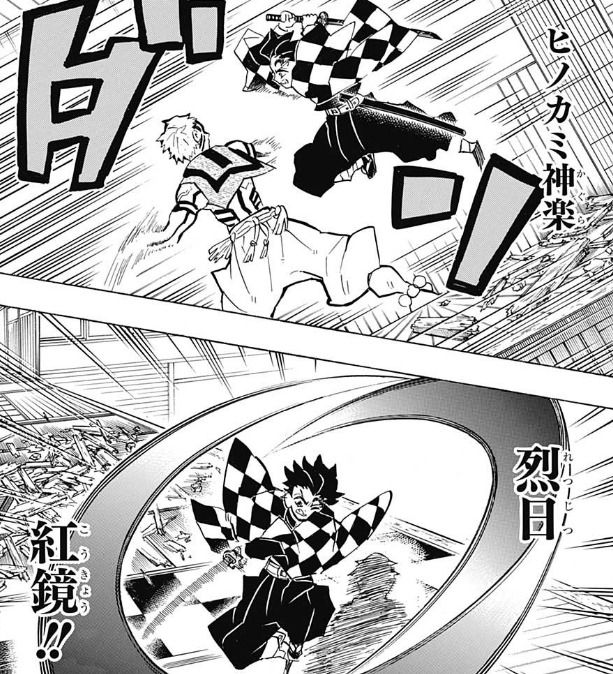 </figure>
</figure>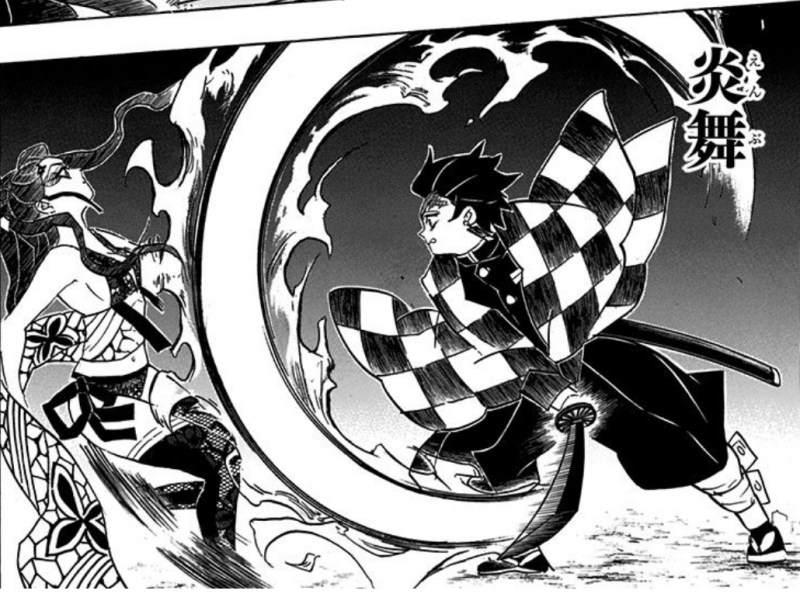 </figure>
</figure>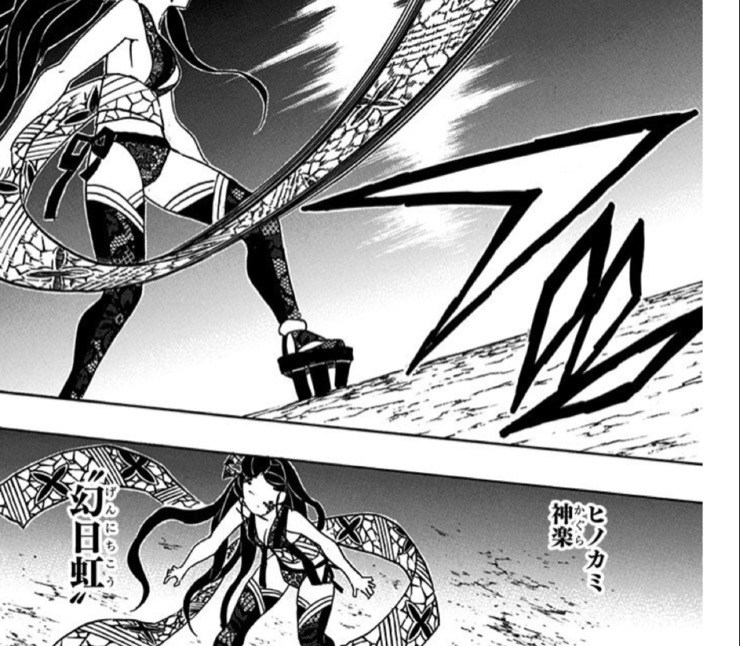 </figure>
</figure>![[商品価格に関しましては、リンクが作成された時点と現時点で情報が変更されている場合がございます。] [商品価格に関しましては、リンクが作成された時点と現時点で情報が変更されている場合がございます。]](https://hbb.afl.rakuten.co.jp/hgb/0f530f6e.66f3cb85.0f530f6f.cdec9007/?me_id=1269553&item_id=12333045&m=https%3A%2F%2Fthumbnail.image.rakuten.co.jp%2F%400_mall%2Fbiccamera%2Fcabinet%2Fproduct%2F3846%2F00000005851606_a01.jpg%3F_ex%3D80x80&pc=https%3A%2F%2Fthumbnail.image.rakuten.co.jp%2F%400_mall%2Fbiccamera%2Fcabinet%2Fproduct%2F3846%2F00000005851606_a01.jpg%3F_ex%3D240x240&s=240x240&t=picttext)
![[商品価格に関しましては、リンクが作成された時点と現時点で情報が変更されている場合がございます。] [商品価格に関しましては、リンクが作成された時点と現時点で情報が変更されている場合がございます。]](https://hbb.afl.rakuten.co.jp/hgb/1ac3e805.08788428.1ac3e806.0500dce2/?me_id=1264340&item_id=10535282&m=https%3A%2F%2Fthumbnail.image.rakuten.co.jp%2F%400_mall%2Fsuzuto%2Fcabinet%2F20sogo01%2F20-0250-108_03.jpg%3F_ex%3D80x80&pc=https%3A%2F%2Fthumbnail.image.rakuten.co.jp%2F%400_mall%2Fsuzuto%2Fcabinet%2F20sogo01%2F20-0250-108_03.jpg%3F_ex%3D240x240&s=240x240&t=picttext)





